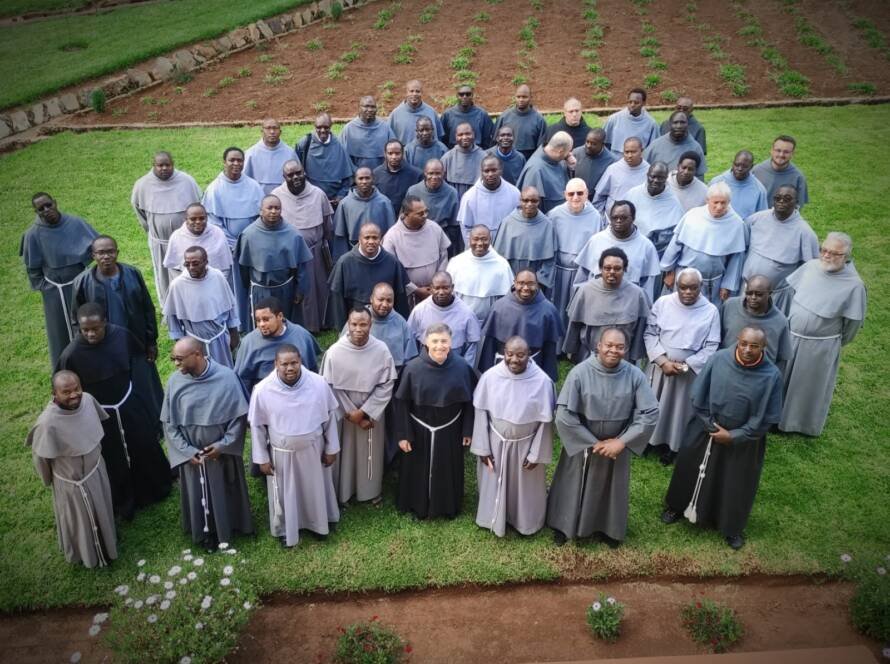Unveiling the Rich History of the Catholic Church: A Journey Through Centuries
Introduction:
The Catholic Church stands as an enduring institution, its roots stretching back through the annals of time. Its history is a tapestry woven with threads of faith, tradition, and resilience. In this exploration, we embark on a fascinating journey through centuries to unveil the rich and diverse history of the Catholic Church.
I. Early Foundations: Birth of a Spiritual Epoch
The origins of the Catholic Church can be traced to the life and teachings of Jesus Christ in the 1st century AD. From the humble beginnings of a small group of followers, the Christian faith blossomed, spreading across the Roman Empire. The apostles, particularly Peter, played a pivotal role in establishing the foundations of the Church.
II. The Roman Catholic Church: Shaping Western Civilization
As the Roman Empire crumbled, the Catholic Church emerged as a stabilizing force. The Bishop of Rome, commonly known as the Pope, became a central figure, providing spiritual guidance and moral authority. Throughout the medieval period, the Church played a crucial role in shaping the cultural, political, and social landscape of Europe.
III. Schisms and Reformations: Testing the Church’s Unity
The history of the Catholic Church is marked by periods of internal strife. The Great Schism of 1054 led to the separation of the Western (Roman Catholic) and Eastern (Eastern Orthodox) branches. The tumultuous period of the Protestant Reformation in the 16th century further tested the Church’s unity, prompting reforms and fostering new denominations.
IV. Missionary Endeavors: Spreading the Gospel Across Continents
The Catholic Church’s missionary zeal propelled it into uncharted territories. From the Americas to Africa and Asia, missionaries carried the message of Christianity, often interweaving local customs with religious practices. This global expansion had a profound impact on cultures and societies, leaving an indelible mark on the history of the Church.
V. Challenges and Renewals: Navigating the Modern Era
The Catholic Church faced numerous challenges in the modern era, including the Enlightenment, secularism, and changing social norms. However, it responded with internal reforms, such as the Second Vatican Council in the 1960s, which sought to adapt the Church to the contemporary world while preserving its core values.
VI. Contemporary Catholicism: A Diverse and Inclusive Faith
In the 21st century, the Catholic Church continues to evolve. Pope Francis, with his emphasis on social justice and inclusivity, has ushered in a new era for the Church. The Church grapples with issues such as globalization, technology, and ethical dilemmas, all while striving to remain true to its timeless principles.
Conclusion: A Tapestry of Faith and Resilience
The history of the Catholic Church is a testament to the enduring power of faith and the human spirit. From its humble beginnings to its global presence today, the Church has weathered storms, navigated challenges, and adapted to the changing tides of history. As we unveil the layers of its rich history, we discover a tapestry woven with threads of tradition, diversity, and unwavering resilience—a tapestry that continues to shape the spiritual landscape of the world.



